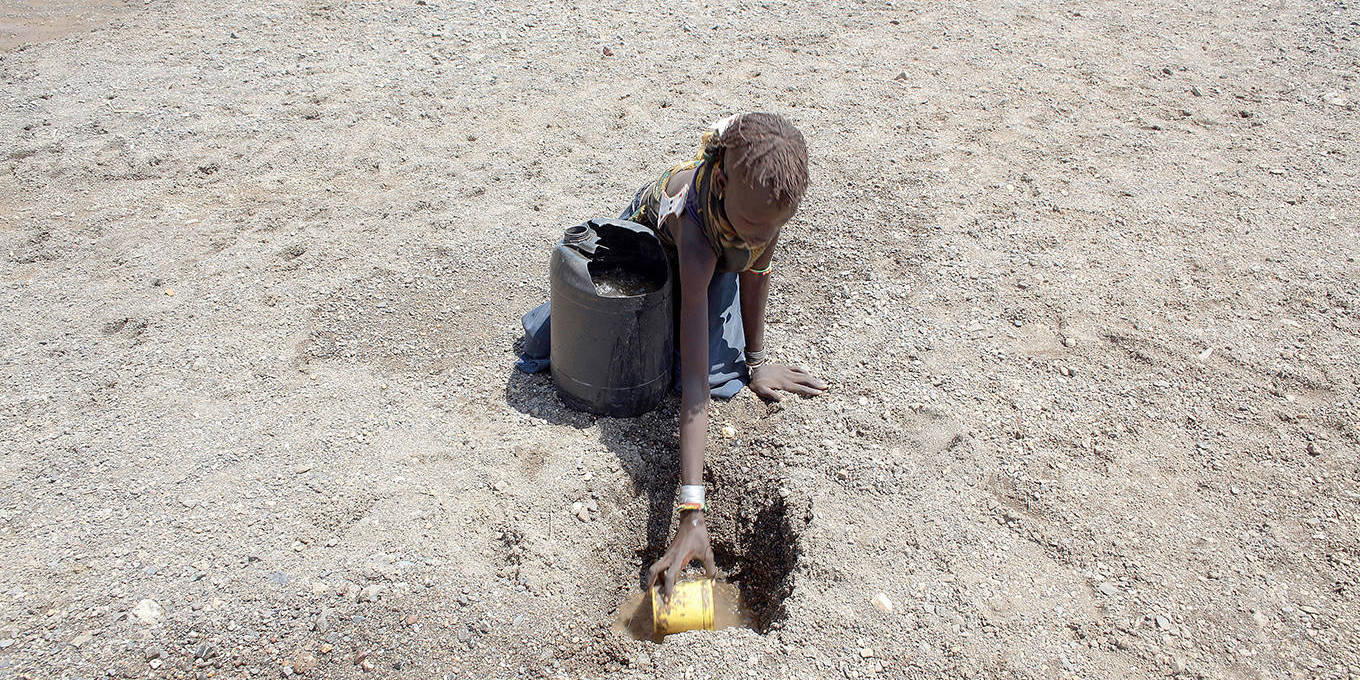by JAYATI GHOSH

In 2015, United Nations member states adopted the Sustainable Development Goals, which include an imperative to “ensure availability and sustainable management of water and sanitation for all.” Yet, in the last four years, matters have deteriorated significantly.
The dangers of environmental pollution receive a lot of attention nowadays, particularly in the developing world, and with good reason. Air quality indices are dismal and worsening in many places, with India, in particular, facing an acute public-health emergency. But as serious as the pollution problem is, it must not be allowed to obscure another incipient environmental catastrophe, and potential source of future conflict: lack of access to clean water.
We may live on a “blue planet,” but less than 3% of all of our water is fresh, and much of it is inaccessible (for example, because it is locked in glaciers). Since 1960, the amount of available fresh water per capita has declined by more than half, leaving over 40% of the world’s population facing water stress. By 2030, demand for fresh water will exceed supply by an estimated 40%.With nearly two-thirds of fresh water coming from rivers and lakes that cross national borders, intensifying water stress fuels a vicious circle, in which countries compete for supplies, leading to greater stress and more competition. Today, hundreds of international water agreements are coming under pressure.China, India, and Bangladesh are locked in a dispute over the Brahmaputra, one of Asia’s largest rivers, with China and India actively constructing dams that have raised fears of water diversion. India’s government has used water-flow diversion to punish Pakistan for terrorist attacks. Dam-building on the Nile by Ethiopia has raised the ire of downstream Egypt.And cross-border conflicts are just the beginning. Water-related tensions are on the rise within countries as well, between rural and urban communities, and among agricultural, industrial, and household consumers. Last year, water scarcity fueled conflicts in parts of eastern Africa, such as Kenya, which has a history of tribal clashes over access to water.In fact, there are long histories of conflict over the waters of many major rivers, including the Nile, the Amazon, the Mekong, and the Danube. But the severity and frequency of such conflicts are set to increase, as climate change alters rainfall patterns, leading to more frequent, intense, and prolonged droughts and floods.
Project Syndicate for more